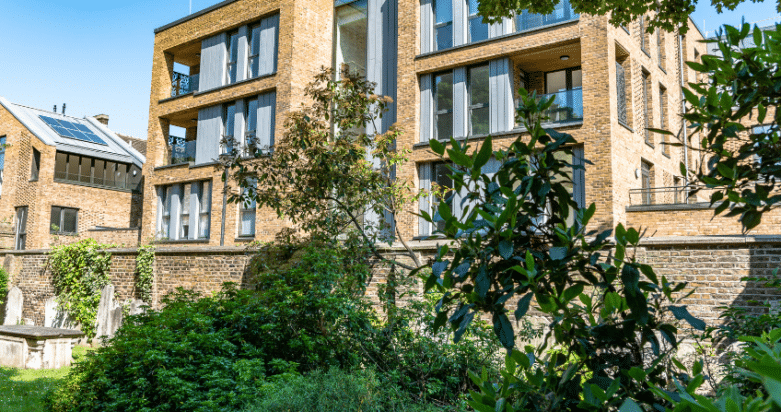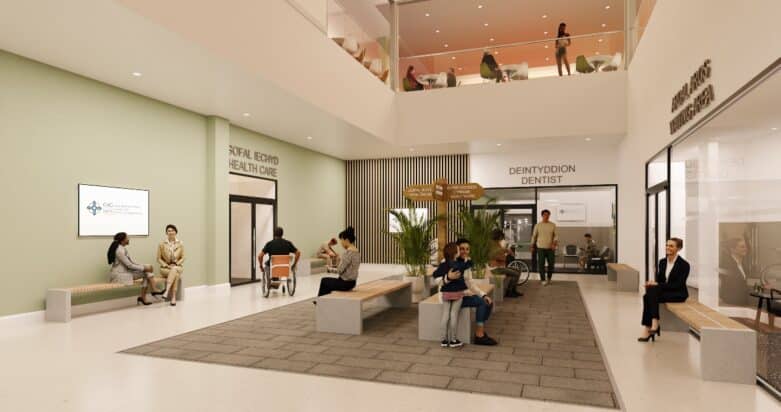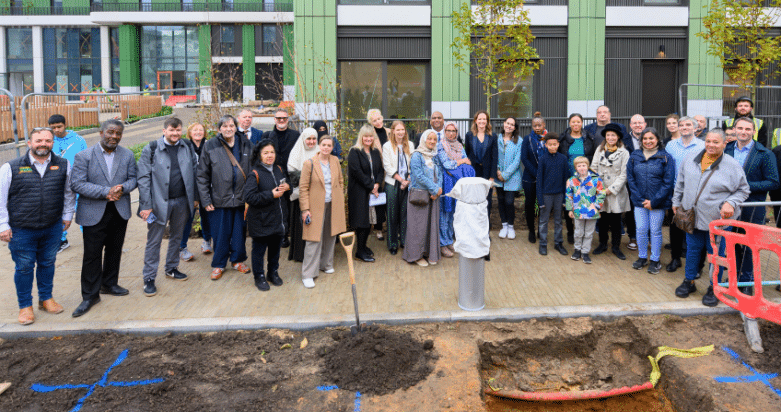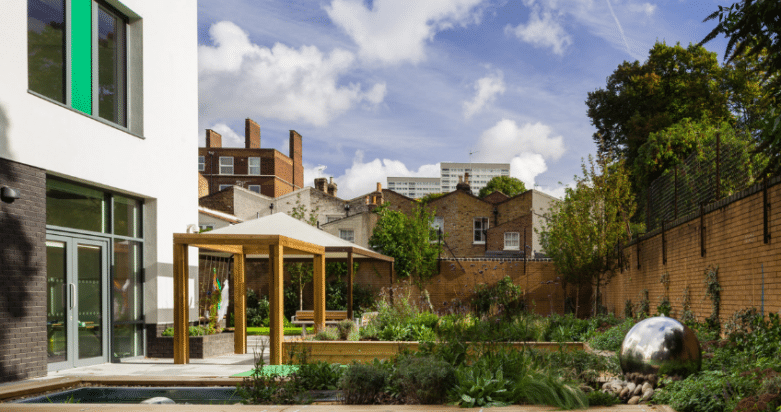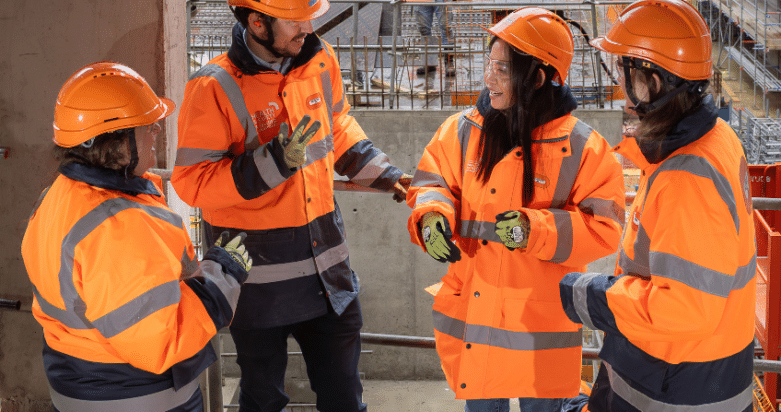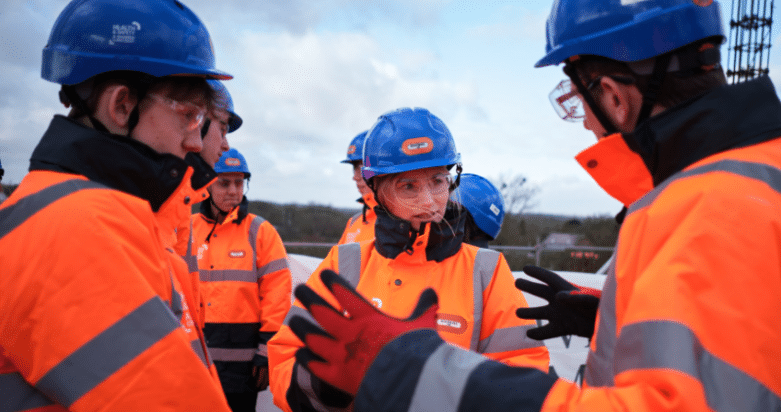
Building Green: Strategies for Minimising Embodied Carbon
Author
Romain Richli
Head of Climate & Environment
The global push for sustainability and the race towards net zero have propelled carbon-intensive industries like construction into the spotlight. As we grapple with the reality that the built environment contributes nearly 40% of global greenhouse gas emissions, the need to reduce carbon emissions in construction becomes paramount. To achieve this, it’s crucial to address both operational and embodied carbon.
Understanding Embodied Carbon
Embodied carbon refers to the carbon dioxide equivalent (CO₂e) emissions associated with the materials that are necessary for a building to function throughout its lifespan. This includes emissions from the extraction of raw materials, manufacturing of products, transportation emissions, but also their installation at construction stage, their maintenance or replacement post construction for 60 years, and finally disposal at end of life. It is a key source of a building’s overall lifecycle carbon footprint, alongside operational carbon, which refers to emissions from energy and water consumption during a building’s occupancy, such as heating, cooling, lighting, but also unregulated (i.e. not covered by current regulations) consumptions which encompass the direct energy use of the occupants. This may cover low energy equipment like phones charging or bedside lamps, but also much more energy hungry material as could be the case for usage in hospital or research labs, for example.
While operational carbon has historically received more attention due to its direct link with energy consumption and therefore costs, embodied carbon is equally significant. Embodied carbon constitutes over 60% of all global emissions in buildings, half of which implicated directly at construction stage. Given the rapid pace of construction activities worldwide, addressing embodied carbon is essential for meeting global emissions reduction targets. Reducing embodied carbon not only aligns with regulatory trends but also mitigates resource risks, reduces costs, and enhances planning permissions.
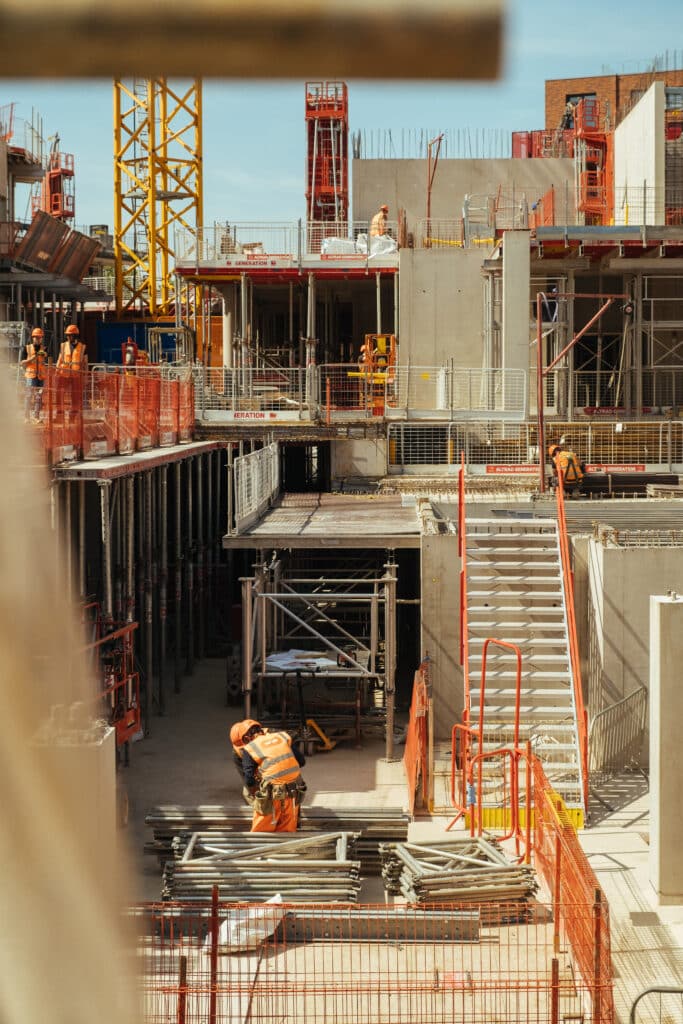
Key Sources of Embodied Carbon
The primary materials responsible for increased levels of embodied carbon in buildings include:
- Concrete: Widely used for its strength and versatility, concrete production is a significant carbon emitter, with the cement industry alone responsible for about 8% of global emissions.
- Steel and metals generally: Essential for structural integrity, steel manufacturing, for example, is very energy-intensive, contributing heavily to embodied carbon.
- Insulation and glass: Both materials are crucial for energy efficiency but have high embodied carbon due to their production processes.
Strategies to Minimise Embodied Carbon
To minimise embodied carbon, incorporating reused or recycled materials is essential. Reusing existing foundations and structures in renovation projects can save up to 75% of embodied carbon. Similarly, using recycled steel, which has a much lower carbon footprint than new steel, is a highly effective strategy.
Innovations in concrete production, such as using cement replacements like Pulverised Fuel Ash (PFA) and Ground Granulated Blast-furnace Slag (GGBS), can significantly reduce the carbon footprint. Additionally, exploring alternatives like clinker-free concrete and other sustainable building materials can further reduce emissions.

Responsibly sourced wood products store carbon throughout their lifecycle and have a lower carbon footprint compared to traditional materials. Indeed, making structures from timber requires much less energy than from concrete or steel. In addition, while growing, trees absorb up to one tonne of carbon for every metre cubed of timber. Using mass timber for structural elements can significantly reduce embodied carbon while providing biogenic carbon storage benefits.
Underground parking requires substantial amounts of concrete and steel as well as significant excavations works, contributing heavily to embodied carbon. Minimising or eliminating underground parking in urban residential developments, where public transport options are robust, can lead to significant carbon savings.
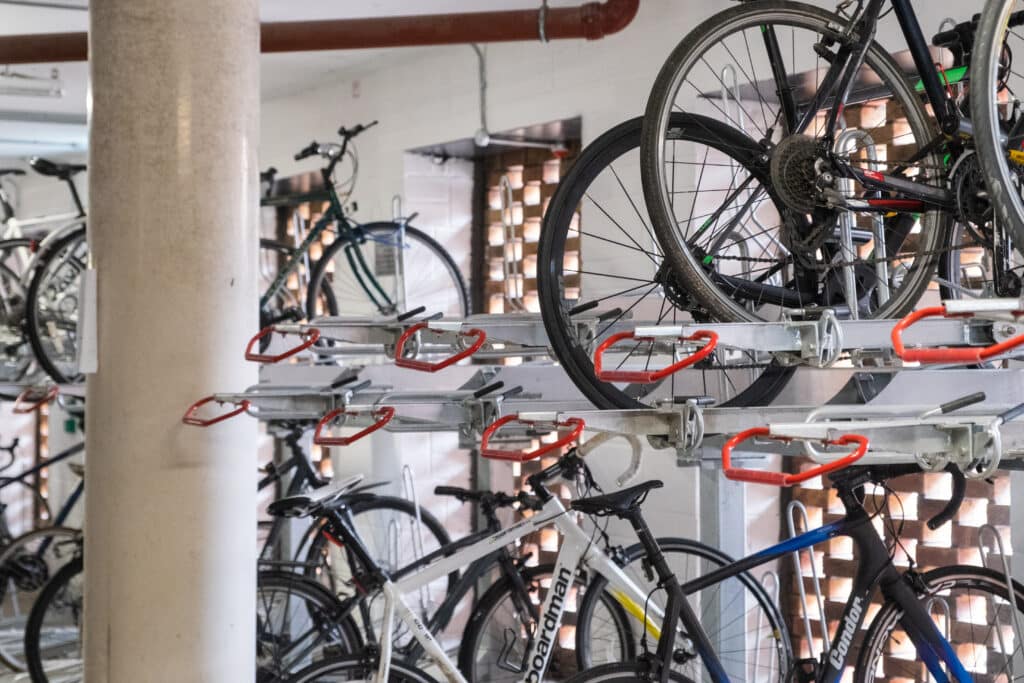
Sourcing building materials locally reduces transportation emissions and supports regional economies. When comparing the same product, those sourced locally and through local materials will have a lower embodied carbon footprint due to reduced transportation distances.
Because they are manufactured in a controlled environment, prefabricated building components can reduce waste and improve material efficiency, leading to lower embodied carbon. Prefabrication also allows for more precise manufacturing, which reduces the overall volume of materials required and enhance quality.
Conducting a Whole Lifecycle Carbon Assessment (WLCA) helps identify the total embodied carbon of a building design, from material extraction to end-of-life disposal. This baseline estimate informs strategies for reducing carbon emissions particularly at early design stage where the selection of components and other key decisions are made.
Environmental Product Declarations (EPDs) provide transparency regarding the carbon impact of individual products, enabling informed decision-making at the material selection stage. This helps developers and contractors choose materials with the lowest possible embodied carbon.
Moving Forward with Embodied Carbon Reduction
The increasing effects of climate change necessitate urgent action to reduce carbon emissions, particularly in the construction sector. Our sector has made significant improvements over the past years and the level of awareness in the industry has dramatically increased. We must all continue to ensure this momentum is kept up. Organisations like UKGBC, LETI, ConcreteZero and UKNZCBS, to name a few with which Bouygues UK are closely aligned, have actively fostered collaboration, sharing best practices, developing benchmarks, standards and guidance which are recognised and defined by the industry itself.
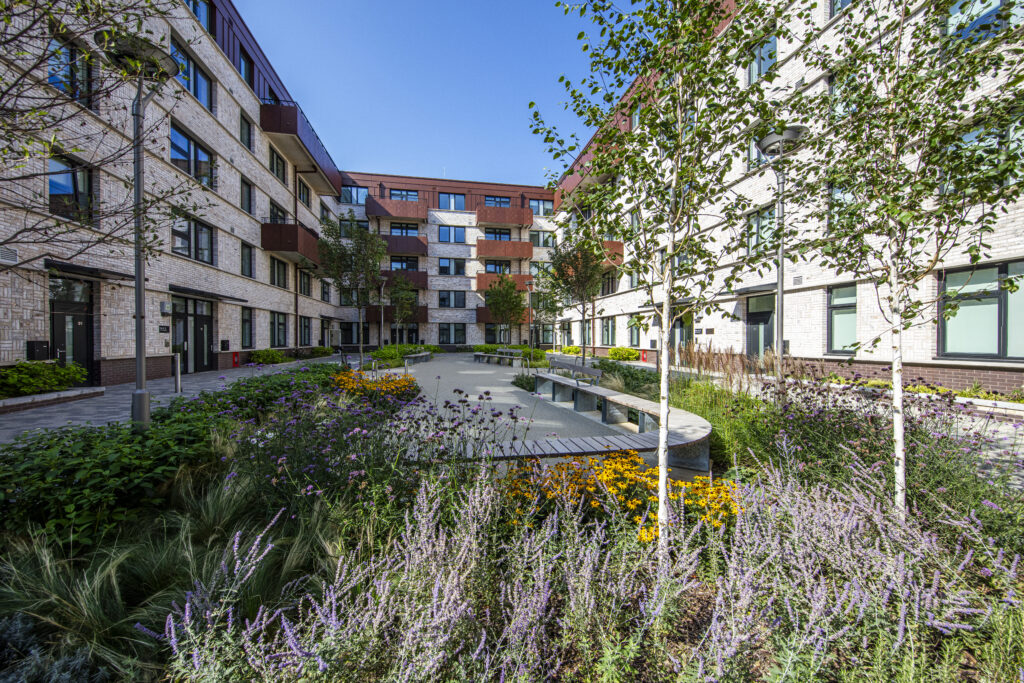
By measuring and tracking embodied carbon, and implementing strategies to minimise it, we can create sustainable, low-carbon buildings that meet the needs of our communities while mitigating environmental impact. At Bouygues UK, we are committed to integrating carbon reduction into our decision-making processes and ensuring a positive impact on our rapidly changing world.
Continuing the drive to minimise embodied carbon in residential developments is imperative. As industry leaders, we must embrace innovative materials and practices, optimise our designs, and continuously seek ways to reduce our carbon footprint. Through these efforts, we can contribute significantly to mitigating the effects of climate change and create a built environment that supports healthy and happy living for future generations.



